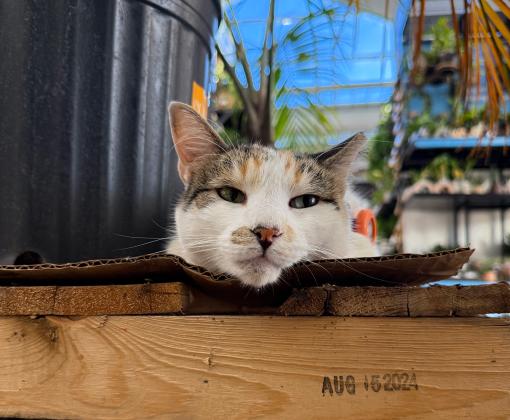
Dog Training Tips: How to 'Proof' Behaviors
You’ve trained your dog to sit on cue, and they do it perfectly every time at home. But when you’re out in public, not so much. People are often puzzled about why their dogs respond to a cue in one situation but not another. The problem is the behavior has not been proofed. Here are some dog training tips to get the behavior to stick.
What does ‘proofing’ mean in dog training?
“Proofing,” in dog training parlance, means practicing a behavior in different environments and situations until your dog generalizes the desired behavior and can do it anywhere, even with distractions.
Most dogs can easily learn and perform behaviors at home or in places that are familiar to them. However, when we take them out into the rest of the world, there are novel sights and sounds. Dogs are very good at discrimination, but they don’t generalize all that well. For instance, your dog will recognize that the front door is different from the back door. But if presented with an unfamiliar door (say at a neighbor’s house), your dog might not initially know that it’s a door.

See how your community is doing
When learning a behavior, dogs take note of their entire environment and associate the behavior with that environment. But when that environment changes, they are no longer sure of the behavior that is being asked of them. That’s why you need to proof the behavior.
Is your dog ready for proofing?
Before you can start proofing a behavior, you need to teach your dog the behavior and make sure they’re fluent in it. Your dog is fluent in the behavior if:
- They do the behavior immediately upon getting the cue.
- They don’t offer the behavior without being cued.
- They don’t offer the behavior in response to some other cue.
- They don’t offer any other behavior in response to the cue.
Once your dog is fluent in a particular behavior, you can start proofing it. This is considered the generalization stage of the learning process because the dog is learning to perform the behavior in all settings. When you proof a behavior, think about applying the three D’s, as appropriate for the specific behavior you are training:
- Duration: Can the dog perform the behavior for an extended period or different periods of time?
- Distance: Can the dog perform the behavior with the handler 6, 10, and 20 feet away?
- Distraction: Can the dog perform the behavior when there are new and interesting objects or activities around them?
You can think of different ways to proof a behavior by asking yourself this question: “Can my dog do the behavior if …?”
Dog training tips for successful proofing
Here are some ways to help make proofing more effective:
- When you are proofing a behavior, only change one variable at a time. For example, if you decide to proof the behavior of “sit-stay” using the variable of distance, work only on increasing the distance with your dog during that training session. Don’t also change the handler or the environment. Changing several variables at a time can make it too hard for your dog to learn effectively.
- Use higher-value treats, especially when introducing distractions. To keep your dog’s attention, you will need to be more interesting and inviting than the world around you. If you don’t know which treats your dog would find especially enticing, experiment to see what they like best. Lunchmeat, cheese, and peanut butter are all popular choices.
- When you get the behavior you want, be generous with treats and praise. Your dog will be more motivated to learn and find training more fun if they’re continually being reinforced.
- To set your dog up for success, be realistic with your expectations. Failure to do a behavior is OK, but if it happens too many times your dog might become frustrated. Go slowly, stay relaxed, and only increase the challenge once your dog can do a behavior correctly about 80% of the time in that particular scenario.
- Don’t forget to proof the handler. Change up handlers and handler positions. Will your dog do the behavior for someone else? Will they do the behavior if you are sitting down rather than standing?
